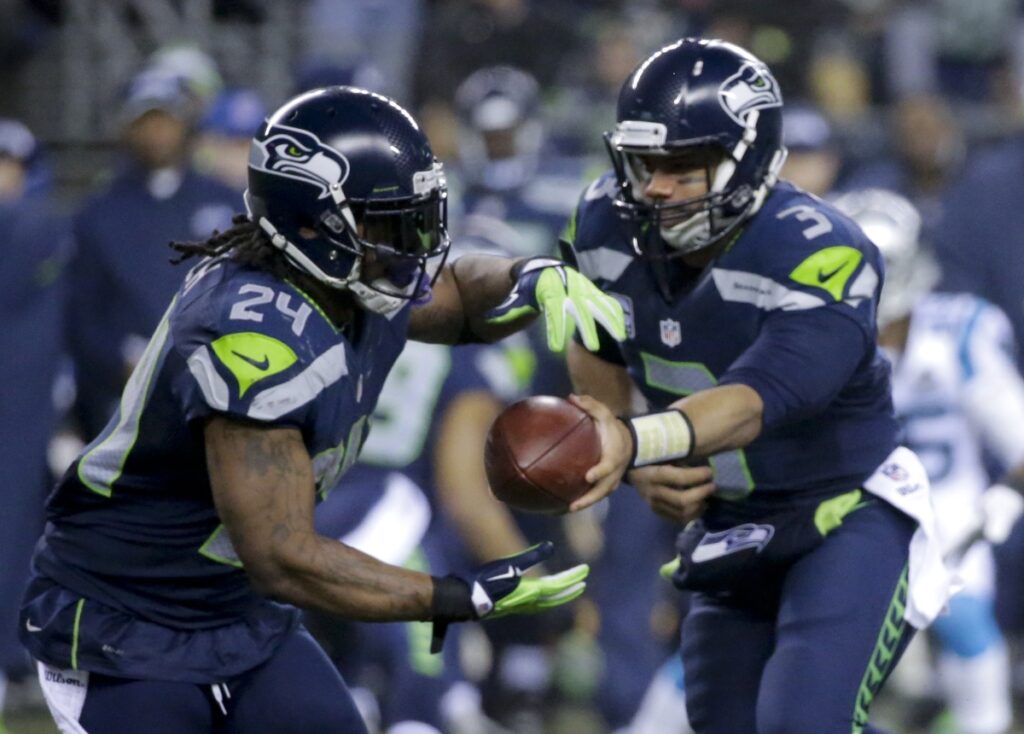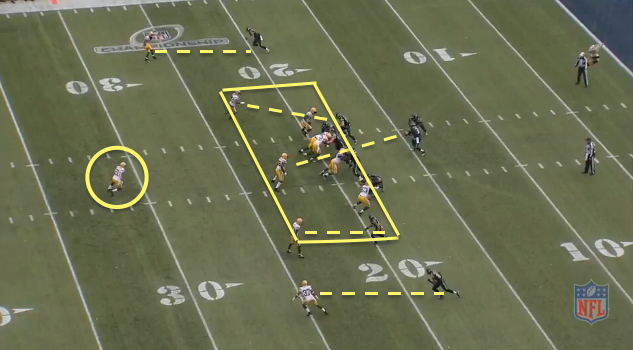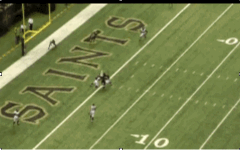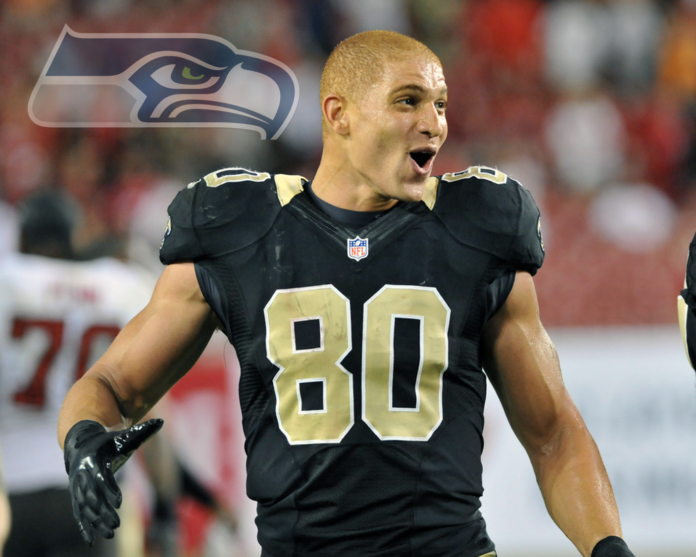Graham & the Seahawks Look to be Great Match
The initial week of the 2015 NFL season stood out as one of the most captivating and thrilling in history, largely thanks to the unconventional maneuvers produced by Philadelphia Eagles coach Chip Kelly.
While the Eagles’ atypical trades and signings provided ample entertainment, they momentarily eclipsed what would eventually be recognized as the most significant move of that NFL season.
This, of course, refers to the Seattle Seahawks’ acquisition of New Orleans’ Jimmy Graham, a standout tight end and one of the best in the game.
This move solidified the Seahawks’ status as the frontrunners for Super Bowl L, though the actual weight of that distinction remained open to interpretation.
So, why did this trade carry such pivotal importance? Upon dissecting their offensive strategy, it’s evident that the Seahawks excel in the running game, rivaling the best in the league.
Marshawn Lynch commands the field as one of the premier power runners between the tackles, a presence unmatched in the NFL for years.
Coupled with quarterback Russell Wilson, whose elusiveness, agility, and surprisingly swift execution of the read-option play and his ability to evade danger in the pocket present a formidable challenge for any defense.
Together, Lynch and Wilson form a formidable dual threat on the ground.

In order to counteract that potent rushing offense, defenses must employ a multitude of single-high safety formations (as depicted in the screenshot below).
This arrangement positions more players in proximity to the line of scrimmage, effectively bolstering their ability to thwart the run.

However, employing just one safety in the middle of the field typically results in man-to-man coverage assignments for all players. This is precisely where Graham emerges as a game-changing force.
He is a formidable challenge to defend even when faced with two players, as demonstrated in combination coverage scenarios, as seen in the following clip…

However, locating an individual capable of matching Graham’s blend of size, speed, and height is an exceedingly challenging task, verging on the impossible.
Any linebacker or safety within a core defense finds themselves at a distinct disadvantage when pitted against Graham.
As defenders must react to a pass play, they perennially find themselves a half-step behind the offense.
When you factor in Graham’s exceptional physical attributes, skill set, and expansive catch radius, the result is a glaring mismatch.
When a team opts for a predominant single-safety defensive formation against the Seahawks, they expose themselves to considerable risk and find themselves in a quandary due to Graham’s imposing presence.
The dilemma arises: do you fortify your run defense, knowing that Lynch and Wilson pose a significant threat on the ground? Or do you opt for a combination coverage that may soften your run defense but ensures at least two defenders are assigned to Graham?
This predicament is bound to lead defensive coordinators to nights of restless sleep and cause defensive players no shortage of frustration.
The Seahawks’ offensive success over the past two seasons, even in the absence of a dynamic receiver like Graham, borders on the unbelievable.
Yet, with his inclusion, Seattle has the potential to morph into one of the most formidable offensive units to face in football.
Had Graham been on Seattle’s roster in the Super Bowl against New England, it would have necessitated a shift in the Patriots’ defensive strategy.

Throughout the game, New England adhered to man-to-man coverage. If Graham had been in the lineup, the Patriots would’ve needed to adapt their man-to-man strategy to account for him.
This potential adjustment might have opened up more opportunities in the running game.
When in the red zone, the Seahawks wouldn’t have been confined to quick slant routes to Ricardo Lockette alone.
Now, with Graham able to split out and make plays at either corner of the end zone, executing jump balls or back-shoulder fades, akin to his performances in New Orleans (refer to video).
If Graham had been with the team last season, the Seahawks could have potentially secured a more decisive victory in the Super Bowl.
With five months remaining until the regular season, we can only speculate on the impact of Graham’s presence on an already proficient football team.
The true ramifications of his addition remain uncertain. However, one thing is clear: Seattle now has a legitimate case for incorporating more passing plays in the red zone without facing the same scrutiny they endured after Super Bowl XLIX.

